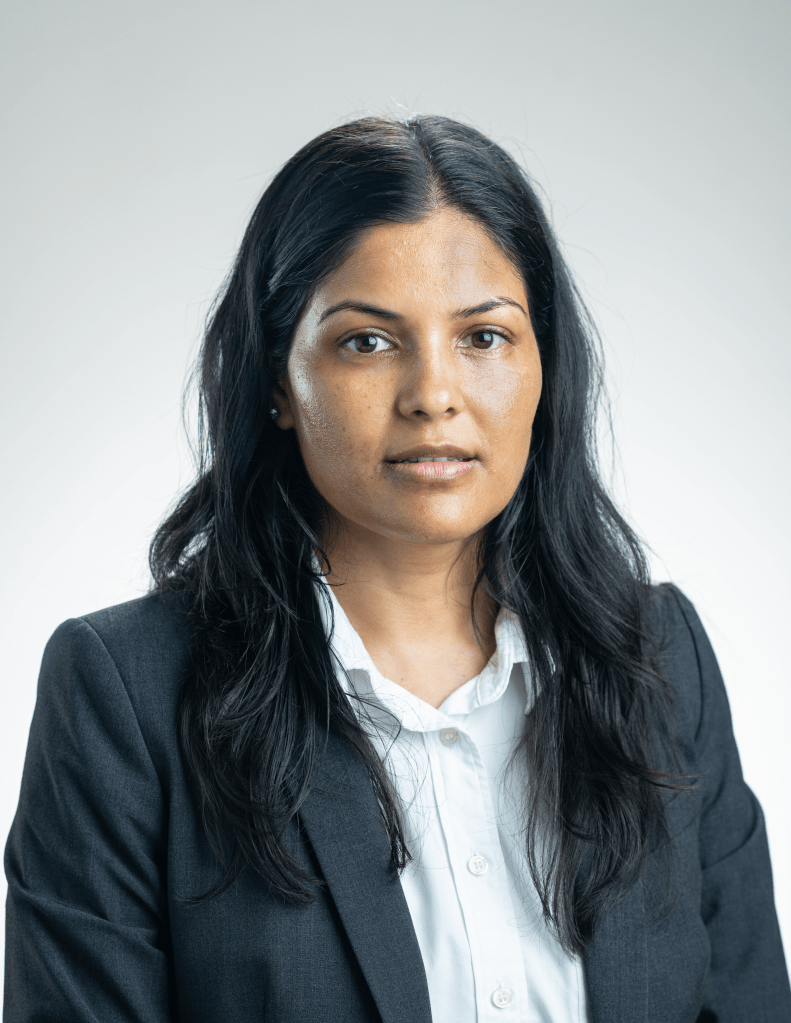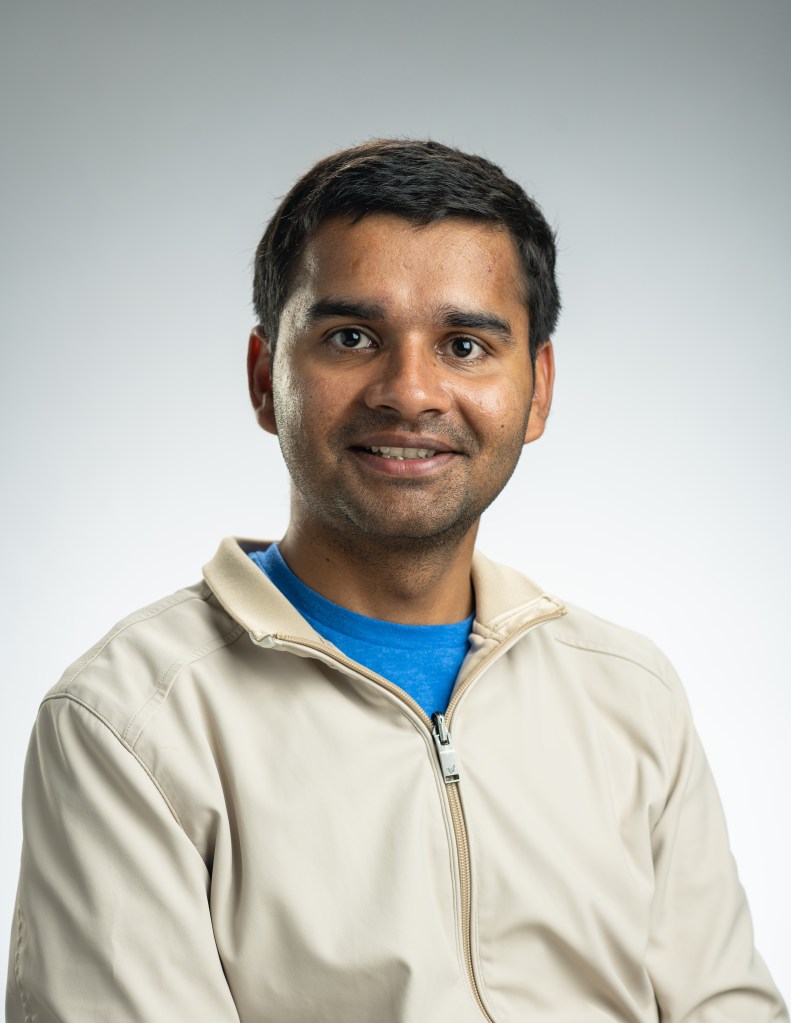Debra Zamostny
Contents
Personal Essay
By the time I was twelve, my mom had already decided that I would become a secretary – since girls didn’t go to college.After all, they just get married and quit anyway.Why bother?But don’t misunderstand; my mom was looking out for me.She had to drop out of school in ninth grade to help support herself and she wanted a better life for me.But I destroyed her dreams when I quit the secretary job to go to college and become a full-time musician.Since I had no college prep in high school, I had to pick up one English course to be accepted at Cleveland State University (CSU).Without any musical training except piano lessons, I struggled at first.But within 6 months I was up with the rest of the class.I was incredibly fortunate to have the best teacher in the world, Dr. Andreus Kuprevicus, concert pianist from the Chicago Symphony Orchestra.
Music is not a well-paid profession, and I found myself giving piano lessons, working in a bakery, and playing in a band.After graduation, music became my full-time life.I played five, six, and sometimes seven nights a week.I met people from all over the world and saw the good, bad, and the ugly side of humanity.But by the time I was 28, it was becoming more and more difficult to keep the jobs coming.Slowly, gigs were being cut back and I went from working 6 nights a week to 2.What now?One night while working a math puzzle, it suddenly dawned on me what I should do.I decided I could turn my love of math into an electrical engineering degree.I went to CSU to talk to a counselor.But with no college prep and a degree in Piano Performance, the Engineering Department wouldn’t see me.The secretary handed me a hefty list of classes and said, “you take all these, and we’ll let you see a counselor.” Physics?Calculus?Chemistry?What’s that?The last real math class I had was 10th grade geometry, and the last science class was earth science in 8th grade.Undaunted, I went to register for calculus.That’s when I learned about prerequisites.Seeing as I had none, I was assigned math 071.No, I need math 121, calculus.It seems the only way I could get into calculus was to pass a placement test – which included trigonometry.I knew less about trig than calculus.This was happening over the Thanksgiving holiday.The last day to register for class was just after Christmas.So I went to the library and got out a book on trigonometry.For the next 3 weeks I studied and went back the day after Christmas to take the placement test.The test had 25 questions and I needed 15 to pass.I got 16.I’m in.From that moment on, I studied, played in the band all I could, tutored, gave piano lessons, and did the co-op program.On breaks with the band, I’d study at the club.After one physics, two chemistry, and three calculus classes, I received a letter from CSU.“Welcome to the College of Engineering.”Five years later, I graduated cum laude and I never did talk to a counselor.
We had opportunities to apply for jobs at school.I jumped at the chance of working at NASA.In 1969, I was 12 years old.I remember vividly watching the sketchy black & white images coming from the moon.I walked outside of our little bungalow, looked up and thought, there are people up there.Now I could be part of that team.I don’t know how or why they picked me.But I’ll be forever grateful they did.As an engineer I’ve been privileged to be involved with some amazing projects.I worked in the Rocket Lab, where our job was to test next generation rocket engine designs.The Rocket Lab is a series of block houses consisting of a control room and test stand.The walls are approximately two-feet thick.An alarm sounds for 30 seconds before the test to warn neighboring facilities of the impending blast.Then hydrogen and oxygen mix in the combustion chamber and the result exits in a fireball about 15 feet behind the engine.One of my most treasured possessions is my Rocket Lab jacket that sports the X33 test on the back.
I’ve also worked on vacuum facilities in the Ion Propulsion Lab.Ion propulsion was used on Deep Space 1 that took a spacecraft to asteroid Braille and Comet Borelli.The vacuum tanks are used to simulate the vacuum of space.A “cold wall” (using liquid nitrogen) is used to simulate the coldness of space.And a solar simulator takes care of the effects of the sun.
I’ve written the software to control the vacuum facility known as “B2.”It’s the only facility in the world that can test full-scale upper-stage launch vehicles and rocket engines from atmosphere to high-altitude conditions.
I’ve always been a believer that you can do anything you want if you put your heart and soul into it.I’m living proof of that.I also believe we need to pass that determination and passion on to the next generation.I’ve taken part in Engineer’s Week by speaking at local high schools, volunteered for all the NASA open houses, tutored math at inner-city schools, and created a presentation on the solar system for elementary school kids.I’m particularly proud of the solar system presentation where the children become the planets.It gets a great response from kids and parents alike.
After 20 years, I’ve worked in many places and enjoyed all of them.Currently, I work in the Facilities Division of NASA Glenn Research Center, doing controls and PLC programming to support both Aeronautics and Space research.I’ve been to three Space Shuttle launches (STS-125, STS-130, & STS-134) and still play with the band on weekends.I even get to play for NASA functions such as Christmas parties, the CFC Kickoff Campaign, and the Agency and Center Honor Awards Program.Not bad for a middle kid of a middle class family who lived in the middle of the street in the middle of Maple Hts.I think my mom’s proud.At least she’s forgiven me about the secretary thing.
Biography

Debbie always wanted to play the piano.It was the love of her life.While other kids were playing outside, she was inside practicing.It was the same in music college and playing with the band.She missed countless parties, holidays, and many life-changing events because she was working.But the sacrifice was worth it for her.Eventually, the music business took a turn for the worse, and Debbie Z (as she is known) realized it was time for a change.That change came in the form of electrical engineering.And it became another love of her life.No stranger to sacrifice, she was able to take classes, teach piano, tutor math, do the co-op program, and still play in the band.“I believe our bass player learned differential equations from watching me study on breaks,” she says.When NASA called, it was beyond belief.“How could a working-class kid like me ever get a job at NASA?” she thought.But somehow, she got it.Today she is a controls engineer, doing hardware design and writing software for machine controls at NASA Glenn Research Center.“I get to make things work,” she says.“How cool is that?”But don’t think she’s given up the piano.As she has for more than half her lifetime, she still plays in the band, although now it’s only on weekends.“Sunday is my day off.That’s when I go hiking.”
























